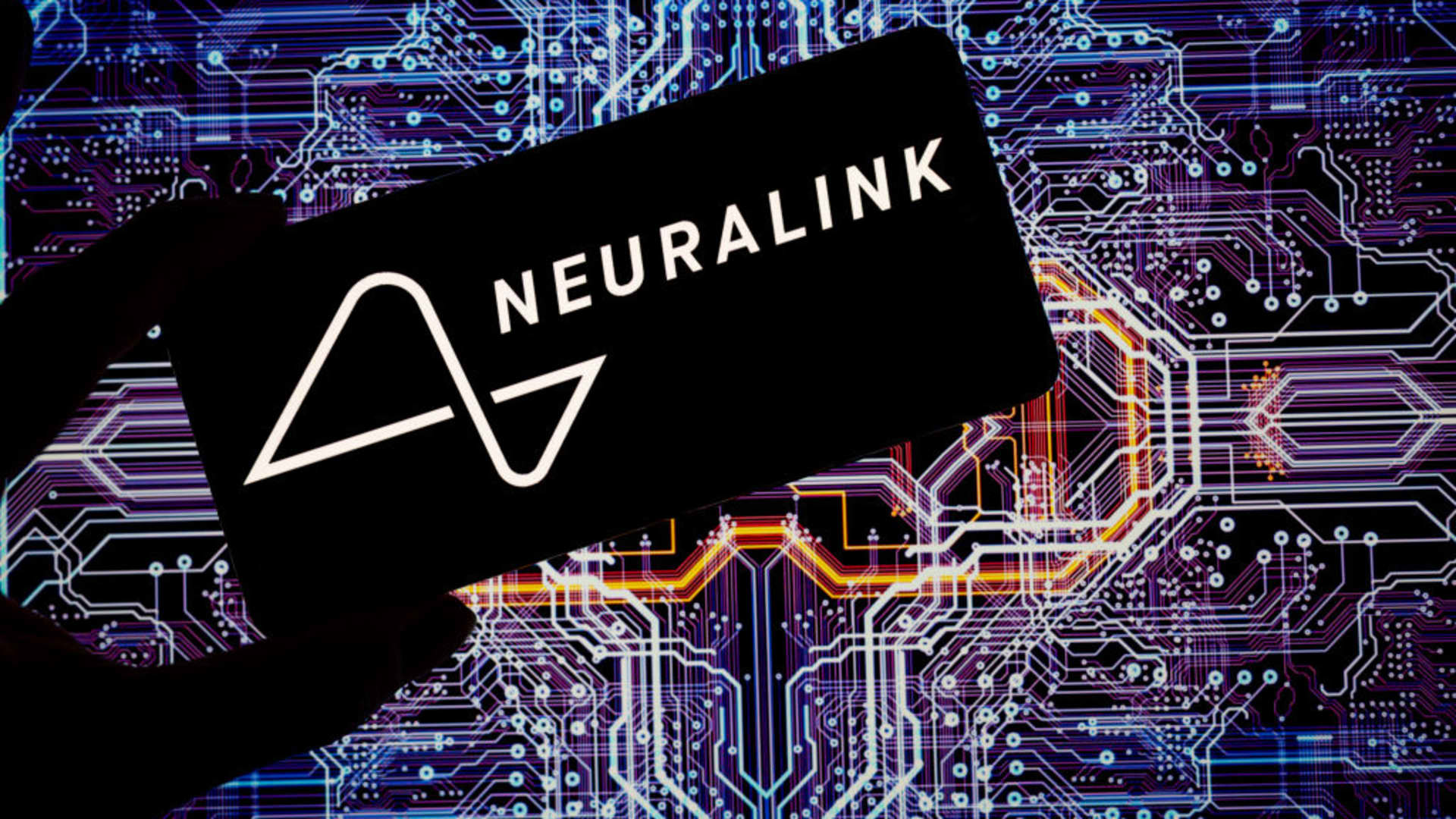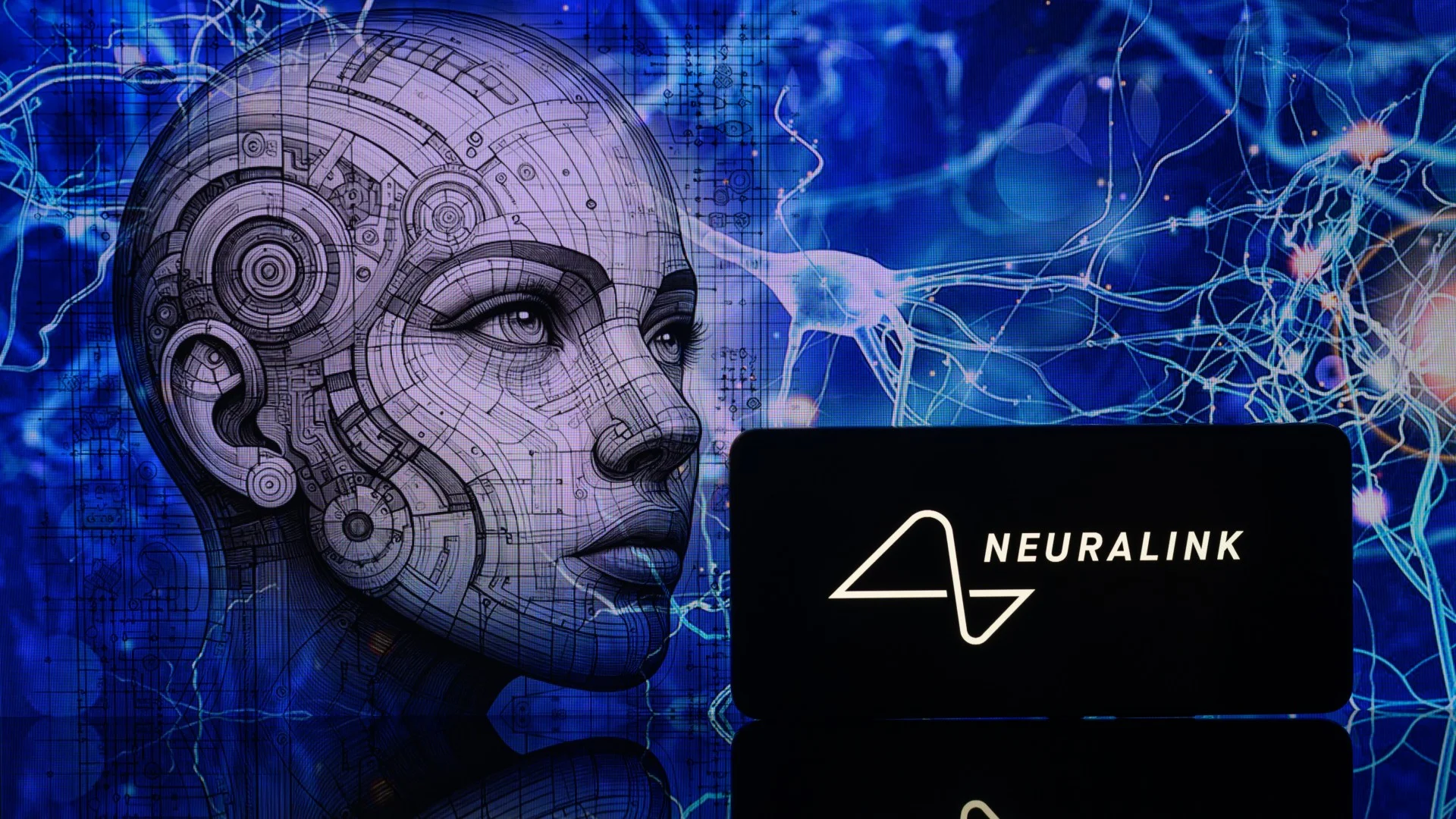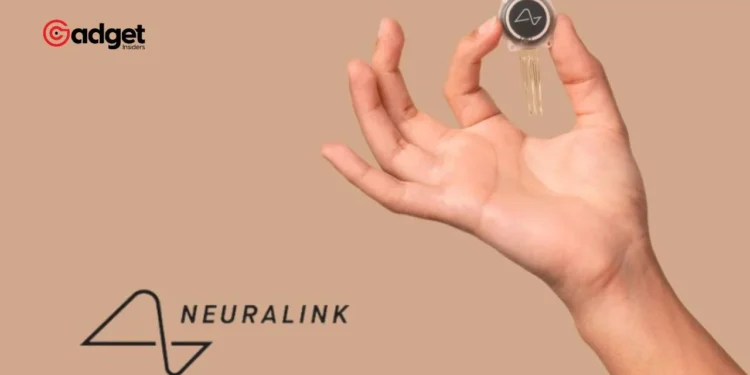In an era where science fiction increasingly merges with reality, the introduction of brain-computer interfaces (BCIs) represents a seismic shift in our interaction with technology. The spotlight has recently turned towards Neuralink, the ambitious brainchild of Elon Musk, with its first human trial making headlines. The narrative centers around Noland Arbaugh, a 30-year-old from Arizona, who has become the first person to live with Neuralink’s revolutionary brain chip, dubbed “the Link.”

A Life Reconnected
Arbaugh’s journey with the Neuralink chip began after a life-altering swimming accident in 2016 left him paralyzed below the neck. With no physical sensation of the device implanted in his skull, Arbaugh describes an existence renewed through technology. “If I had lost my memory, and woke up with this chip in my brain, I probably wouldn’t believe you,” he reflects. His experience underscores the device’s physical subtlety but profound impact—reconnecting him with the world in ways previously unimaginable.

The implantation of the Neuralink chip, which involves embedding a network of electrodes directly into the brain tissue, promises to bridge the gap between human cognition and digital control. This technology enables Arbaugh to operate digital devices through thoughts alone, effectively bypassing his physical limitations. Within a week of the implant, he mastered the control of a digital cursor using both attempted and imagined movements—a testament to the interface’s intuitive design.
A Glimpse Into Neuralink’s Technology
Neuralink’s approach involves a circular electronic hub connected to 64 superfine threads with 1,024 electrodes, a significant scale-up from previous technologies like the Utah Array. This setup allows for a precise reading of neural activity, akin to isolating a conversation in a noisy stadium, as described by Douglas Weber, a neuroscientist and mechanical engineer. The data collected is then translated into digital commands, offering users like Arbaugh newfound autonomy over their digital environments.
However, the journey has not been without its challenges. About a month after the surgery, Arbaugh faced significant issues with his implant, with many of the electrode threads retracting, leading to a temporary loss of functionality. Neuralink’s team managed to partially remedy this by adjusting the system to respond to the remaining active electrodes, showcasing both the potential and the hurdles of such cutting-edge technology.
The Ethical and Technical Road Ahead
The excitement surrounding Neuralink’s success with Arbaugh is tempered by concerns and critiques from the scientific community, particularly regarding the lack of transparency and potential vulnerabilities to hacking. Moreover, the physical retraction of the electrode threads highlights the ongoing challenges in the development of BCIs. These issues underscore the complex interplay between pioneering medical technology and the rigorous standards required for its widespread adoption.

Neuralink’s continued efforts, including plans to implant devices deeper within the brain, reflect a commitment to refining their approach. The U.S. Food and Drug Administration’s green light for further trials signifies cautious optimism about the future of this technology.
Looking Forward: A Future Forged by Innovation
As Neuralink prepares for its next phases, the potential societal impacts of BCIs are vast, ranging from restoring motor functions to individuals with severe disabilities to offering new modalities of interaction with technology. Arbaugh remains hopeful, viewing his participation as a step toward broader technological advancements that could one day transform lives.
Neuralink’s pioneering work in brain-computer interfaces may soon blur the lines between human thought and digital operation, promising a future where physical limitations are navigated through the power of innovation. As we stand on the brink of this new frontier, the dialogue between technology and ethics becomes ever more crucial, guiding the path to a world where such profound tools are used responsibly and effectively.










